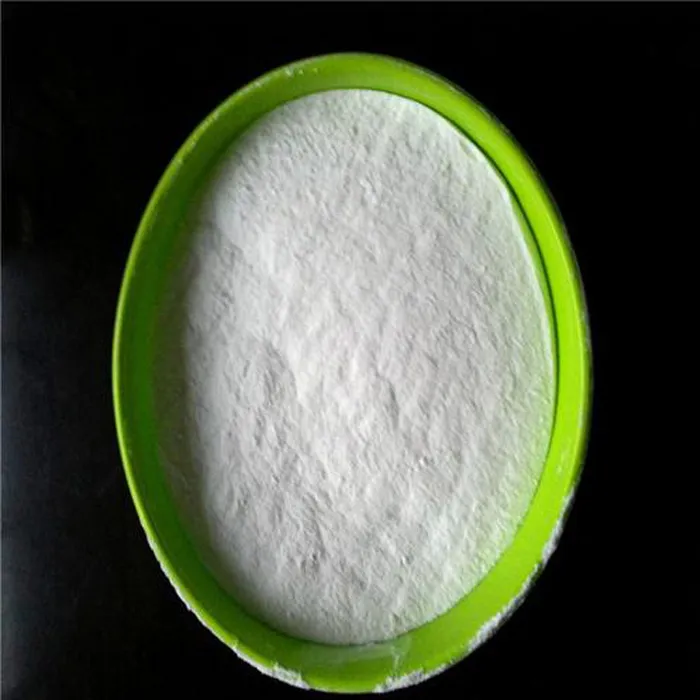6-AMINO-1,3-DIMETHYL-5-NITROSOURACIL
The pharmaceutical industry is a complex ecosystem where nuanced distinctions carry significant implications. Understanding terms such as bulk drug and active pharmaceutical ingredient (API) is crucial for professionals navigating this space. Though these terms may be used interchangeably in layman conversations, they embody distinct concepts that are vital to grasp for anyone involved in drug manufacturing and regulatory affairs.
Bulk drugs refer to the raw materials used in the formulation of pharmaceutical products. Essentially, they are unprocessed chemical compounds that will eventually be transformed into APIs. From an industrial perspective, bulk drugs are the foundational elements manufactured in large quantities, ready to be processed further. Their production involves chemical, fermentation, or biotechnological methods to create the required compound attributes, like purity, efficacy, and safety.
Active Pharmaceutical Ingredients (APIs), on the other hand, are the heart of any drug. An API is the biologically active component within the pharmaceutical drug that produces the intended effects. While a tablet or a capsule may contain other constituents known as excipients, the API is the critical element that addresses the health condition. APIs undergo stringent testing for purity, potency, and quality assurance to ensure patient safety and therapeutic efficiency.
One area of differentiation lies in the stages of production and value chain. Bulk drugs are the preliminary outputs, processed further into APIs, which then become part of the final medicinal product. For example, in the production of a pain relief medication, paracetamol might be prepared as a bulk drug before being refined and certified as an API. Once APIs are prepared, they are combined with excipients to produce the final branded pharmaceuticals available to consumers.
The regulatory landscape further underscores the difference between these terms. Bulk drugs are primarily subject to manufacturing regulations that ensure their safe and consistent production. They form a vital part of the supply chain for API production. However, APIs are often subjected to more rigorous scrutiny. Regulatory bodies such as the FDA, EMA, and others impose stringent quality controls on APIs, because it is this component that directly affects the drug's performance and safety. As manufacturers seek approval for new drugs, the API’s quality and processes must meet all regulatory compliance requirements to ensure they uphold safety and efficacy standards.difference between bulk drug and api
Economic factors also play a significant role in distinguishing these two entities. Bulk drug manufacturing is a capital-intensive operation, facilitating mass production to achieve economies of scale. Markets with low production costs, like India and China, dominate this sector. Meanwhile, API production, while also capital-intensive, demands high levels of specialization, precision, and technological advancements. The manufacturing of APIs tends to be concentrated in regions with strong regulatory environments and technological capabilities.
From a supply chain perspective, disruptions in bulk drug supplies can have a cascading effect on API production and consequently affect the availability of finished pharmaceutical products. Therefore, accurate forecasting, risk management, and strategic sourcing of bulk drugs are critical components in managing a robust supply chain.
Moreover, the rise of personalized medicine and biotechnology is redefining the production dynamics of both bulk drugs and APIs. Advanced therapeutic areas, such as gene and cell therapies, require more specialized APIs with complex structures and mechanisms of action. This necessitates innovations in both bulk drug development and API processing technologies to accommodate evolving pharmaceutical landscapes.
In conclusion, distinguishing between bulk drugs and APIs is crucial for stakeholders in the pharmaceutical sector. While bulk drugs provide the necessary chemical components on which APIs are developed, APIs themselves are the definitive therapeutic ingredients that must comply with stringent regulatory standards to ensure efficacy and safety. Understanding this distinction is vital for regulatory compliance, supply chain management, and strategic planning in drug development and manufacturing. The evolution of this relationship continues to drive innovations in healthcare, challenging manufacturers to enhance processes and ensure the availability of effective, safe medications worldwide.
More product recommendations



